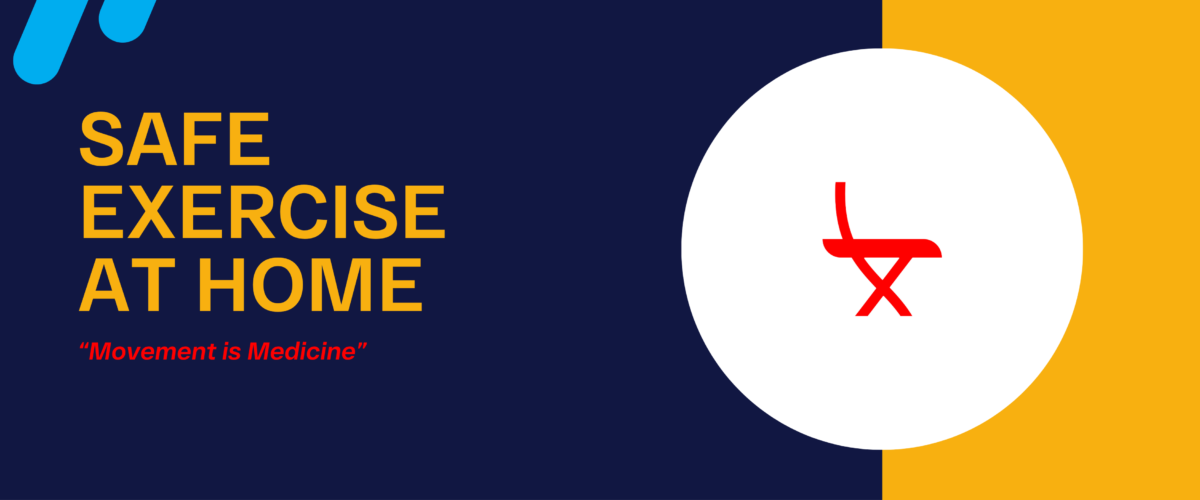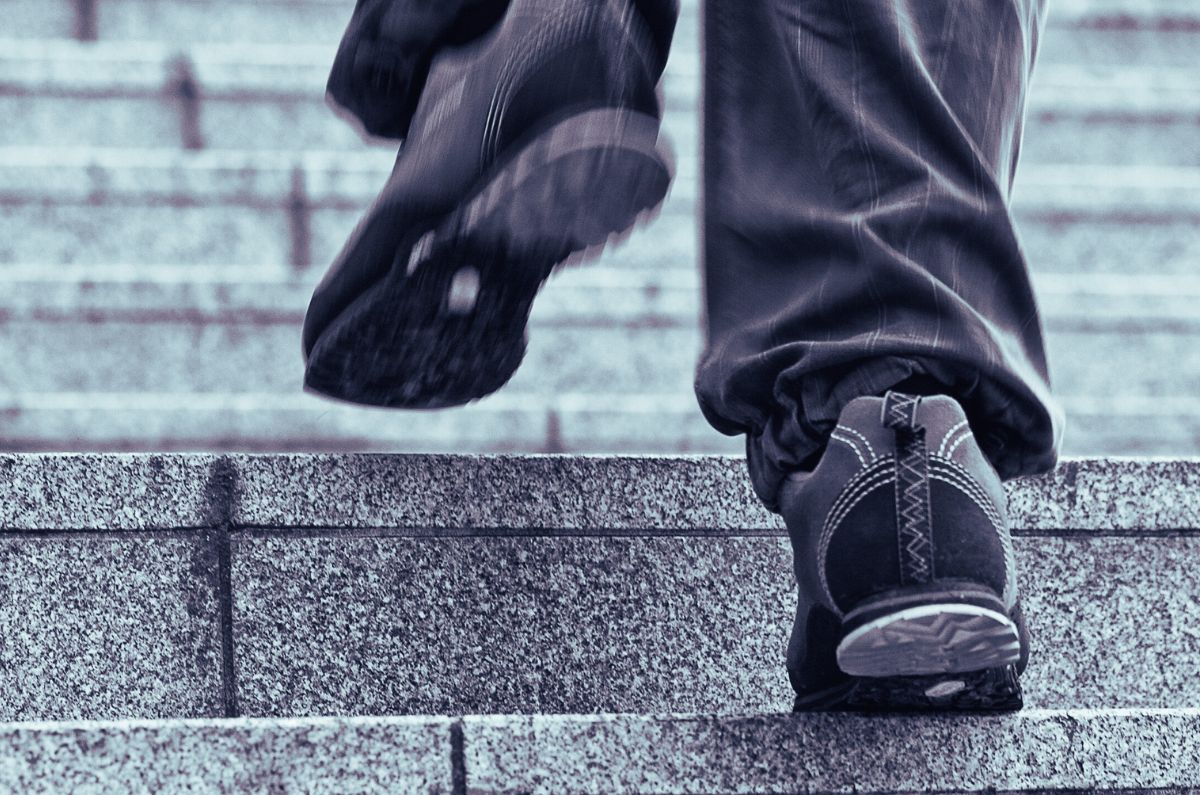Discovering the Power of Movement
When I was initially diagnosed with a musculoskeletal condition, I learnt quite quickly from practical experience that when I moved, my stiffness and pain were both much less. Full disclosure: I had always been a swimmer and a weightlifter before my chronic conditions made themselves known, so I wasn’t starting from scratch. Even so, I was so convinced movement was helping me, I did a twelve-month Fitness Coaching course to learn more. For the record, I am 70 years of age with three musculoskeletal conditions.
Learning to Pace Myself
I also participated in a Chronic Pain Management Program at the Barbara Walker Pain Management Centre. That was where I learnt about pacing our activity. Quite often patients may try to do what they did before their condition (or conditions) appeared. That can lead to increasing fatigue or even hurting ourselves.
Pacing is about determining our starting point then increasing what we do, usually at about 10% a week although this can vary from person to person. Of course, not forever – if I increased at 10% a week for 11 years, I’d be climbing Mount Everest now! I can assure you, I am not!
Building my Routine
When I first started, I would do four small walks a day. Five minutes each. I gradually increased each walk over time and decreased the number of walks per day to two or three, depending on the day and other commitments I may have.
At one point each walk was about 12 minutes, three times a day. Before work, lunchtime and after work. Now in my eleventh year of managing my conditions, I walk four kilometres a day, my step goal is 7,500 steps per day and I do strength training three times a week. I still do not do the four kilometres in one walk: I may break it into two walks, sometimes three.
The Importance of Strength Training
Strength training is very important to maintain not only bone density but also muscle strength. I have a damaged lumbar spine: I particularly work on my posterior chain (back muscles) strength to support my back and ensure I am mostly pain free. Although I design my own workouts, I do consult an exercise physiologist.
When I first reintroduced strength training into my routine, I would do less steps on those days. Now, several years later, I no longer need to reduce my step goal on weights days.
Movement for Everyone
Not everyone can walk and weightlift though! Musculoskeletal Health Australia and Epijoint are well aware of that and are promoting chair-based exercise: The World’s Biggest Sit In. Chair-based exercise is an inclusive, accessible form of physical activity suitable for everyone. It offers a range of benefits including improved cardiovascular health, enhanced strength, better flexibility, and increased bone density, all whilst keeping your movements safe and controlled. exercise
Expert Evidence
Arizona-based chronic pain specialist David Tom, M.D. has said:
They see movement as medicine Depending on the severity of your condition, you may not be able to exercise with the intensity that you used to or want to. But if you’ve been avoiding exercise altogether, it’s time to start.
“We used to put patients on bed rest for pain. Not anymore,” says Dr. Tom. “Staying physically active is critical for pain management, as it releases endorphins which can improve your mood and even ease pain.” People who don’t move can get tight muscles, joint pain, muscle strain and spasms, which can worsen existing pain.
Source: 4 Resilient Ways To Cope With Chronic Pain
Caveat:
Make sure you talk to your doctor/(s) and/or physiotherapist before using Movement As Medicine. My purpose is to provide my experience as encouragement from a practical perspective. To illustrate the value of moving. Having said that, not all conditions are the same. Different patients have different comorbidities, different degrees of severity: a host of clinical considerations. Always consult YOUR health care providers.
Additional Information:








 severe pain, swelling, and redness — often in the big toe, but it can hit ankles, knees, fingers, elbows, or wrists too.
severe pain, swelling, and redness — often in the big toe, but it can hit ankles, knees, fingers, elbows, or wrists too.








